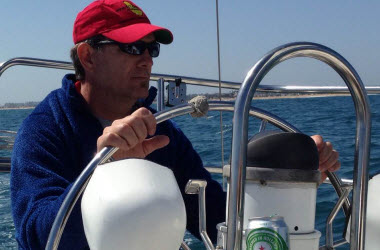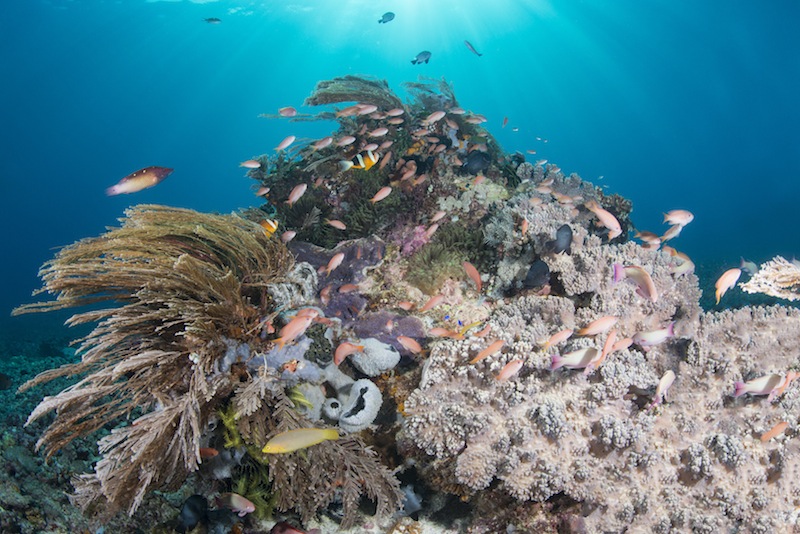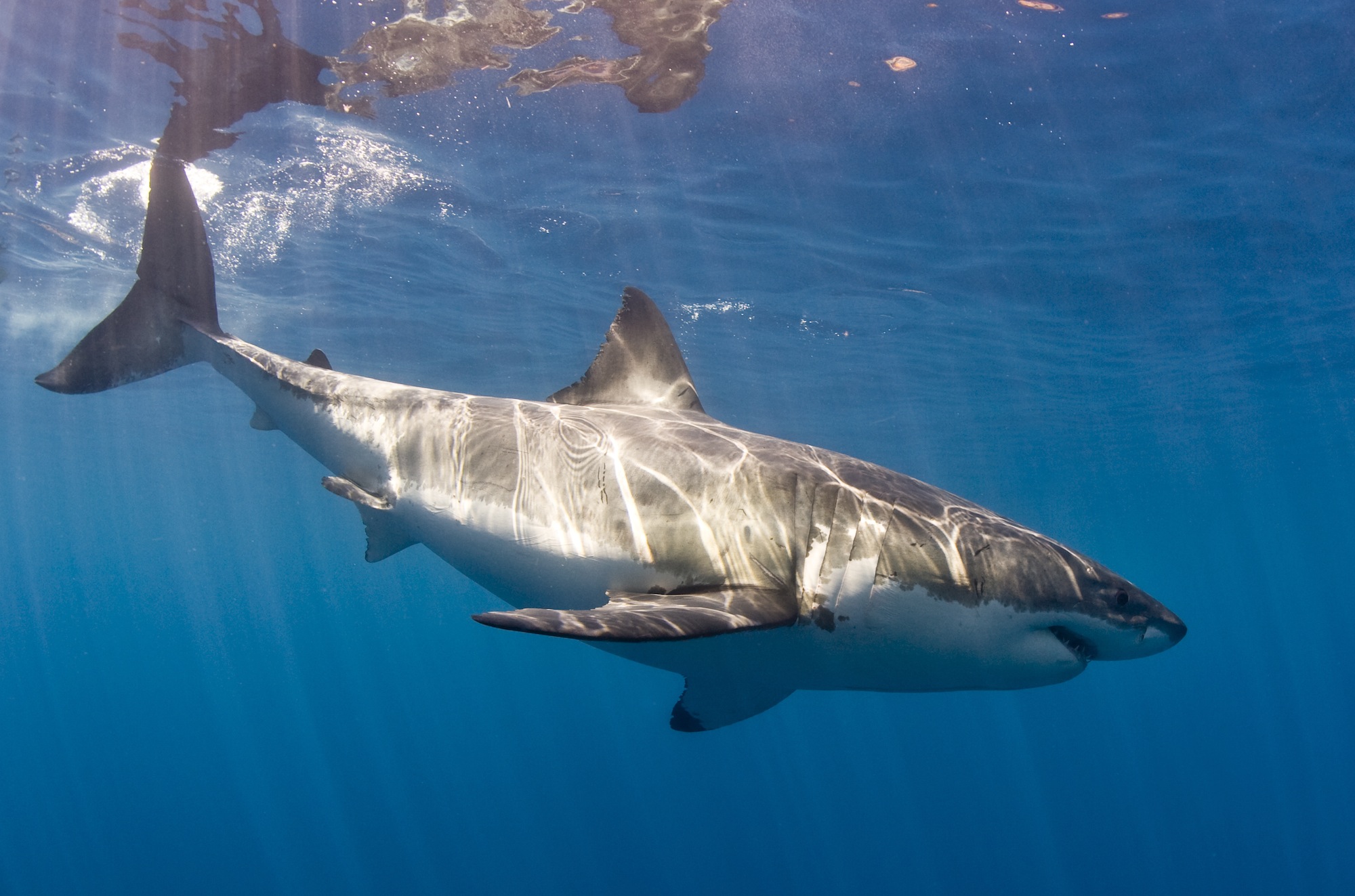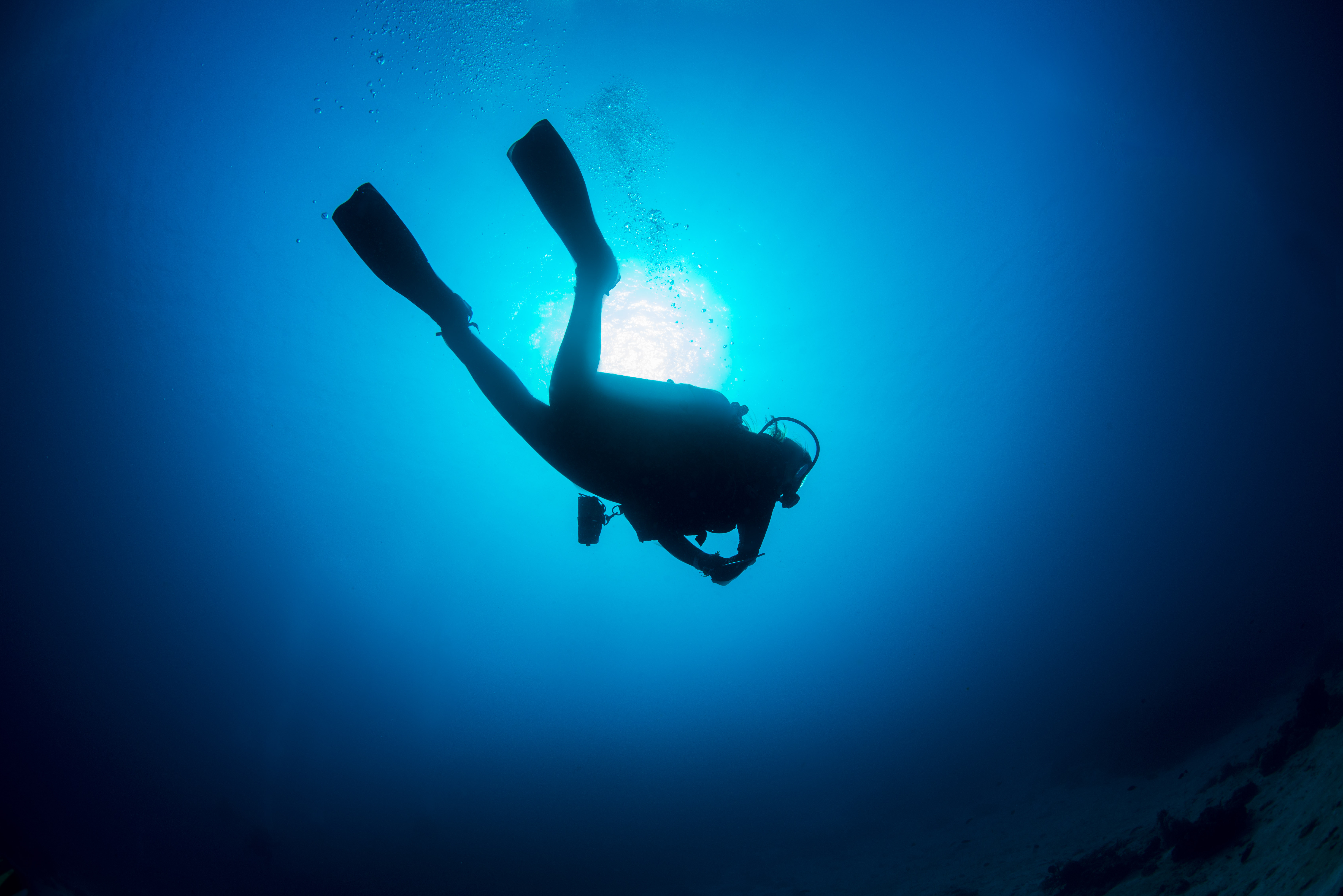November 15, 2016
Some of my best and worst moments have been on the water. The best include unbelievable encounters with some of the planet’s most exotic animals, brightly colored reefs, self-reflection on the bow of a boat, and extraordinary adventures. The worst are often a result of our negative impact on the ocean.
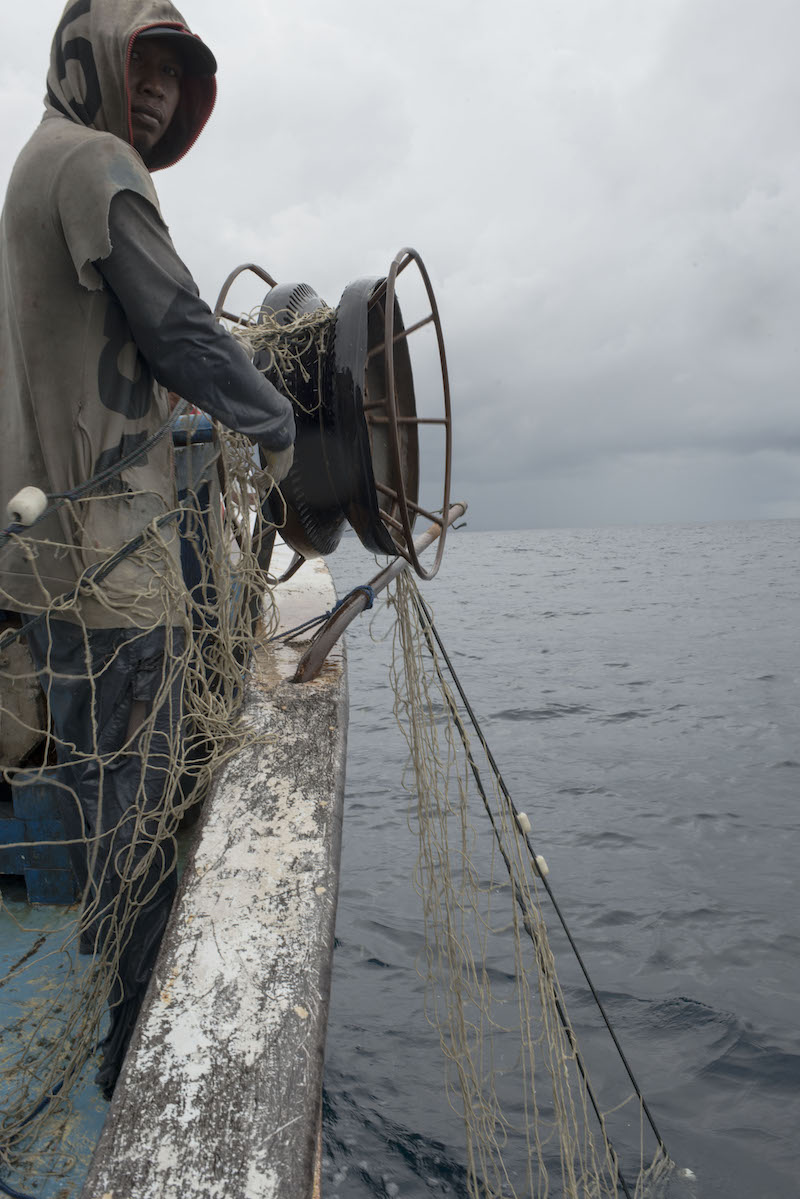
Our most recent trip to Raja Ampat, the epicenter of marine biodiversity, encompassed all of this. On the surface, we encountered minke whales, dolphins and signs of bait balls; underwater, life flourishes. Being one of the few places in the ocean where the reefs are getting healthier, it’s easy to be awe-struck by the sights. The seamounts are encased by corals hosting lively and colorful fish, manta rays glide atop the reefs to enjoy a deep cleaning, and shark populations continue to rise in this once exploited area.
Slave to the fish trade, Raja Ampat’s waters have not always been so pristine. The removal of apex predators, along with so many other marine inhabitants, takes a toll on the reefs. However, with the development of a marine protected area in 2004, 45% of the reefs and mangroves in Raja Ampat have been given the chance to recuperate. Key habitats and ecosystems within the Coral Triangle are once again able to replenish global fish stocks, restore balance to the environment, and even aid in CO2 consumption. But there is still a lot of work to be done.
During our stay on Misool, an island with a surrounding MPA (Marine Protected Area) twice the size of Singapore, we came across an illegal fishing boat. They had laid miles and miles of gill nets along the sea floor, catching endangered elasmobranchs and a number of other animals unfortunate enough to cross their path. The bodies of beautiful sea turtles, sharks, rays and fish were strewn about the boat. Shark fins and shovelnose ray skins lay drying on the roof, and skeletons of unrecognizable creatures were thrown into piles.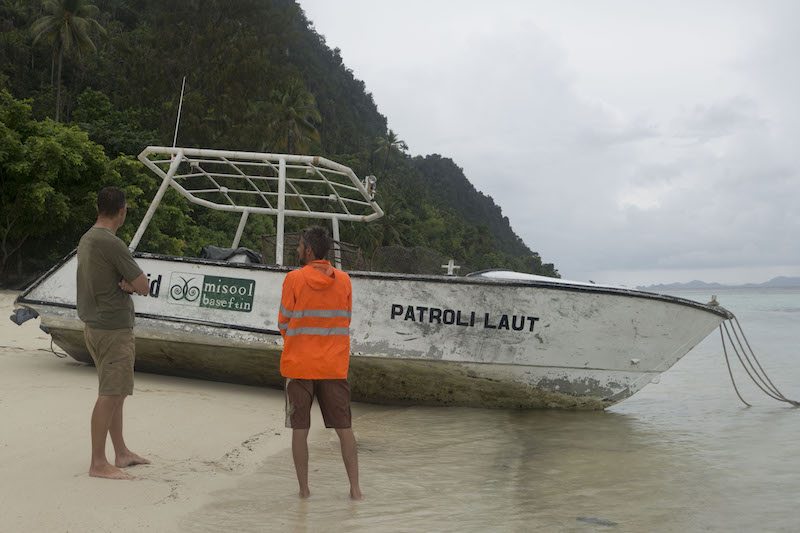 These are protected waters. An area where marine patrol remains vigilant 24 hours a day to ensure the authenticity of the park, and the livelihood of the reefs. Such deplorable impacts on the ocean are a result of cravings unabated.
These are protected waters. An area where marine patrol remains vigilant 24 hours a day to ensure the authenticity of the park, and the livelihood of the reefs. Such deplorable impacts on the ocean are a result of cravings unabated.
But, we’re not all bad. Through education, outreach, and awareness, a subtle shift is surfacing. From plastic bans to shark fin embargos, beach cleanups to marine parks, the word is spreading. Children in these coastal communities are being taught the significance of the ocean, why it’s important to have sustainable fishing practices, and how their choices affect the animals they hold dear. The resources and countless hours put into establishing and patrolling MPAs are non-stop, challenging, and, as we experienced the other day, necessary and tragic, but change is possible. By being knowledgeable stewards of our ocean, by being aware of what we consume, how our meals end up on our plates, and how we spend our money, we can make a change. We have the chance to significantly reduce our impact on the ocean with the simple choice to do so.

